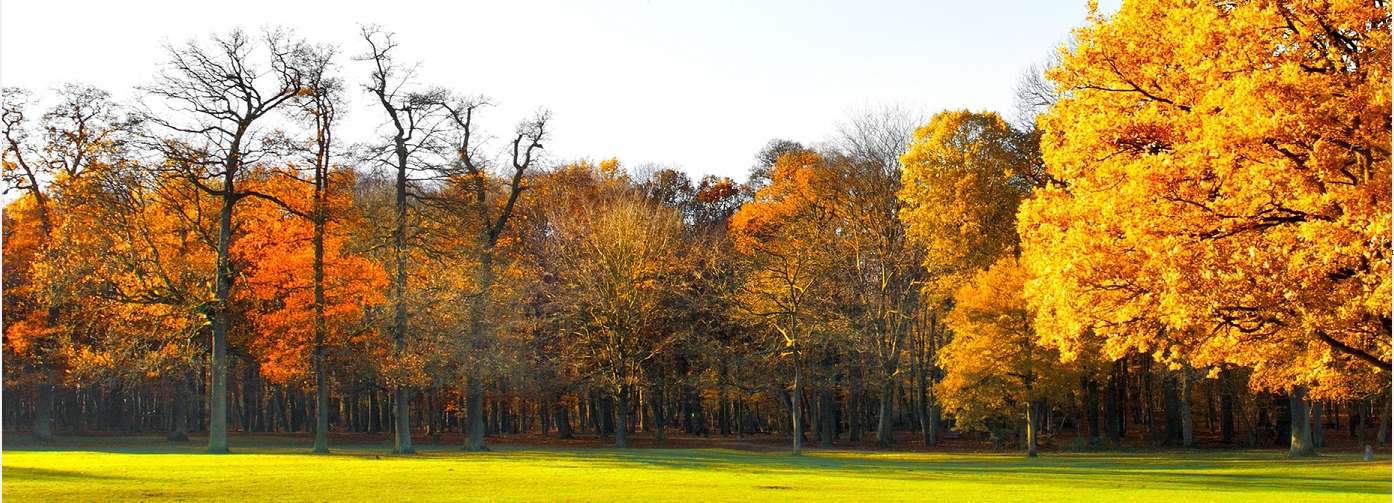CHURCHES OF GILLINGHAM
St. Andrews Church, Winston
Of the now extinct village of Winston which belonged to the Bigods, all the boundaries have been lost but the site of the church can still be seen above the rectory in what is known as Rectory Meadow. The rectory was occupied by the Rector of Gillingham but is now a private house, and it is no doubt built on the site of the rectory belonging to St. Andrews Winston as it is a long way from St. Mary’s Church and the Village Street. There was also once a rectory on the left of the old Bungay Road near the end of the wood called “Widows Cruise” but this was burnt down. Bricks are still turned up by the plough at this spot and bones have often been found in the rectory meadow on the site of St. Andrews Church. This church was united with Gillingham All Saints in 1440 by the Duke of Norfolk with the consent of the parishioners and also the church of the other lost parish of Wyndale, also St. Andrews. No doubt the Black Death which raged in East Anglia in 1348-9 depopulated this part. It may explain why most of the houses are now built on what is really marshland. There must have been many houses in Winston and Wyndale as bricks are still found in many of the fields.
St. Andrews Church, Wyndale
A part of Wyndale parish near the site of the Old Rectory is called Waterloo. The old church of St Andrew’s Wyndale stood in the corner of the field where two roads fork, one going to Hollow Way Hill and Aldeby and the other to Toft Monks and Haddiscoe. There is a pit there which is still known as Church Hole. The meadow is known as The Doles.
All Saints Church, Gillingham
The ruined tower of All Saint’s Church is all that now remains of that church which was pulled down in 1748 to mend the roads. It must have been a large church judging by the foundations which can be found at some distance from the old tower. The graveyard is still used. Being of the 15th century, All Saint’s was not as old as St. Mary’s Church. The font was sold to Kirkley Church, near Lowestoft, for a guinea in 1746 but the base of the font was found in a garden belonging to Mrs Richardson in Gillingham Street, where it had been used for many years as a garden seat. The Rev. G H Thompson, then Rector, had I t removed to St. Mary’s. All Saint’s was united with St. Mary’s Church in 1629 and for some years before it had been served by the same Rector.
St. Mary’s Church, Gillingham
St. Mary’s Church dates back to the times of the Normans, and some old records suggest that it was built on the site of an earlier Saxon church. Though greatly restored and added to, the old design and building stands out clearly. The tower is unspoilt except for the three feet of modern flint work, which replace the original embattlement. The stone work of the doorways and the Norman windows has been much restored. The two aisles were added at the restoration in 1860, before that there was a porch on the south side of the church. There was also some addition on the south side before 1860 in which was the Hall pew which seems to have been made out of the screen. The Old Hall pew seems to have been a very quaint affair, a large square pew surmounted by a canopy supported by four stout oak posts. Its position was just in front of the pulpit. It was removed in 1860. The restoration and enlargement of the church was supervised by Mr Penrice, a Lowestoft architect who married a Miss Brundall, daughter of Mr Benjamin Brundall then living at the Village Farm.
The Catholic Church, Gillingham
The Catholic Church in the park was built in 1898 and finished in 1903. The priest-in-charge resided at the Hall. Mr John Kenyon built the church, and died in 1914. He was buried in the new churchyard. His widow, Mrs Kenyon carried on the estate after her husband’s death and had the full responsibility of the estate during the Great War. They had two sons and five daughters. Three daughters entered convents and the other two were Mrs Todhunter and Mrs Hastings. Mrs Kenyon was beloved by all – she was an invalid for the last six years of her life and died in 1937. Most of the parishioners in Gillingham attended her funeral.
